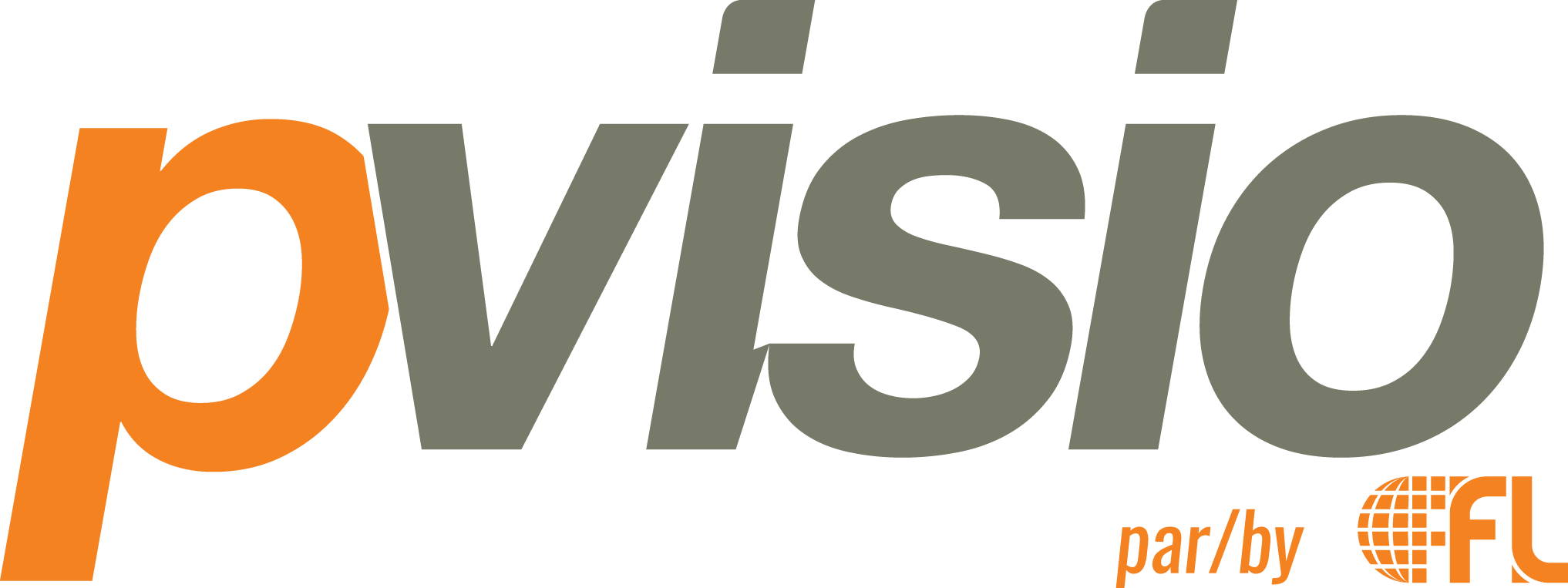While most employers pay little attention to the Décision de classification (Classification notice) sent out by the CNESST every October, many do not realize the close correlation between their company’s classification and the cost of their annual CNESST premiums. The fact is that this classification is not a final decision and you could be paying a higher rate than you should be.
The CNESST determines the classification for each company depending on the nature of the company’s activities. Employers performing the same business activities, and which therefore have a similar risk of workplace accidents, are placed in the same classification unit.
To determine the classification of each company, the CNESST bases their decision on information provided by the employer when they initially register to the CNESST. In the case where the CNESST has not received detailed information, the CNESST identifies the classification units that correspond the closest to the company’s business activities from the information available, and then assigns the company the highest rate of the units identified.
It is also possible for an employer to be classified in several units if there is a diversity of business activities within the company. In this case, the rates will be prorated to the insurable salaries declared for each unit. For example, a company that distributes computer equipment and, who also offers a separate service of providing companies technical IT support and training, could potentially be assigned to more than one classification unit, as these activities are distinct and independent from each other.
That said, this does not apply to companies where one function plays a support role to the other, such as a manufacturer who also delivers their own products. As the delivery activity is directly related to the manufacturing activity, the rate of the unit exercising the company’s principal activity would apply. However if the company also outsources product delivery to other manufacturing companies, a distinct unit could be assigned to the company’s delivery activities.
Lastly, should ever your company’s activities change significantly it is important to advise the CNESST, in writing and within the prescribed deadlines, in order to be placed in the unit that corresponds with your new activities. A common example would be a company who ceased manufacturing activities and now imports products. If this change was NOT mentioned to the CNESST the company could still be paying the rate of a manufacturer which would be significantly higher than the rate of an importer.
For all the reasons mentioned above, when employers receive their Décision de classification at the end of October an attentive verification should be done in order to validate the accuracy of the classification. If you suspect there may be an error, employers always have 30 days from the date of receipt to contest the decision.
This small effort could go a long way to saving you money down the road.
For more information on our Health & Safety Consulting Services, click here
Our consulting services can help you take advantage of the numerous benefits of a proper management of health and safety.
Need help with any with your company’s health & safety practices? We can help! To obtain a free one-hour consultation, please get in contact with us here.
A free seminar on Health & Safety will be held on November 19, 2015. For more information on this seminar or to sign-up for it, please click here.



